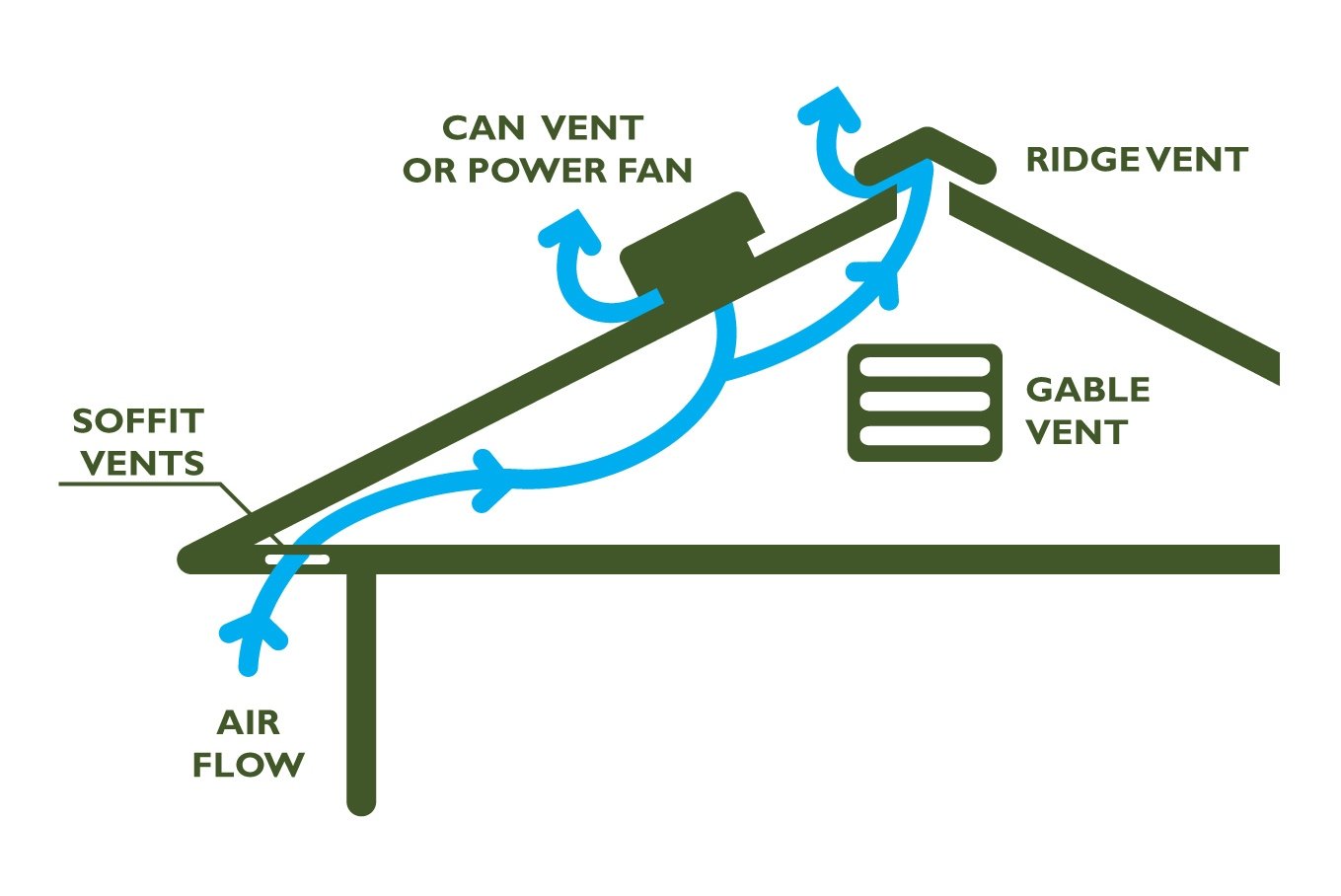Home Remodeling: Unlocking the Potential of Your Attic Space
For many homeowners, the attic is an overlooked space, reserved for boxes of forgotten memories or, in some cases, completely disregarded. However, with a touch of home remodeling, the attic can hold far more potential than you might initially imagine. Let's dive into the fascinating world of attics, focusing on both old homes and modern builds, and uncover some important considerations for those planning to optimize this space.
Historically, many homes were constructed with attention to attic spaces. Think of those charming old houses from decades past, filled with character and memories. These attic spaces often had flooring and a somewhat narrow, steep stairway leading up. Unlike our modern focus on energy efficiency, the builders of yesteryears didn’t prioritize insulation. In these homes, the attic's ambiance wasn't much different from the rest of the house. Nowadays, if you're in such a home, you might access your attic via what professionals term a "scuttle-hole", typically found in a closet or hallway.
Conversely, most contemporary homes are designed with attics, but here's the catch: these spaces are often relegated solely for insulation. Why is this? Key reasons include insulation requirements, the use of trusses, and the sealing of a house's perimeter.
Now, a common misconception about attics is that stuffing them with loads of insulation is the endgame. While insulation is undoubtedly crucial, ventilation is equally, if not more, essential. Let’s tackle a frequent query: In the chilly winter months, should your attic be a toasty haven or a cold chamber? If your attic boasts impeccable ventilation, then cold it should be! A cold attic during winter indicates proper insulation and sealing of your house. Plus, a well-ventilated, colder attic counters mold growth, ensuring your space remains clean and healthy. But that’s not all. Proper ventilation prevents the formation of hazardous ice dams and icicles on eaves – a common wintertime menace for homeowners.
Switching to Summer, the significance of a well-ventilated attic becomes even clearer. Imagine a sweltering day, with the sun beating down. A poorly ventilated attic might hit temperatures soaring past 160 degrees! In stark contrast, its well-ventilated counterpart remains relatively cooler, hovering around 100 degrees. However, if you're reading this and thinking, "My home is already built, how can I improve ventilation now?", worry not! While it can be a challenge, it isn’t impossible. Optimal ventilation methods typically involve ushering air in through the eaves and releasing it higher up in the attic. For those interested in a deeper dive, I've penned an insightful piece on soffit venting in the Journal of Light Construction.
One home remodeling trick for attics during summers is the installation of a power vent. Imagine this as a smart fan equipped with a thermostat. As the mercury rises to a specific temperature, this fan springs into action, pulling cooler air into the attic. On particularly balmy days, it wouldn't be surprising to find an attic power vent running into the wee hours, perhaps until the external temperature drops below ninety degrees. A word of caution, though: these units can sometimes emit a subtle humming noise, audible from within the home. Plus, the lifespan of these power vents isn't infinite. You might find the motor requiring a replacement in under a decade.
In conclusion, your attic is brimming with potential, awaiting the right home remodeling touch. Whether you own a vintage house or a new build, having experienced contractors who know the ins and outs of your spaces is crucial. Make sure you partner with an experienced home remodeler and contractor like Hanson Carlen, to ensure even the smallest of details aren’t missed. Check out our website and socials to learn more.

